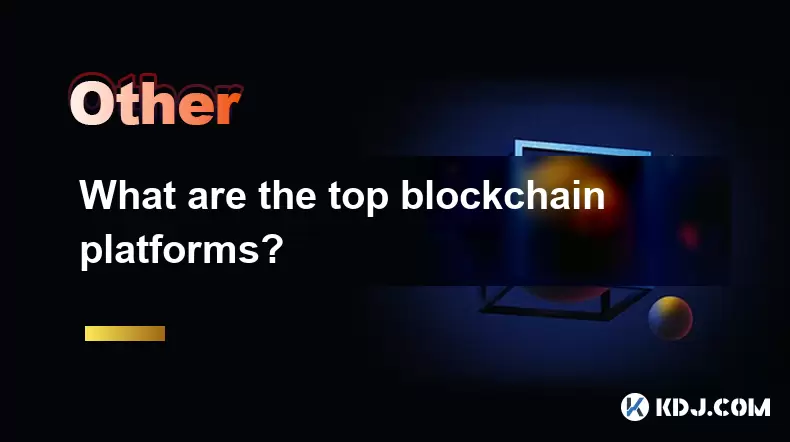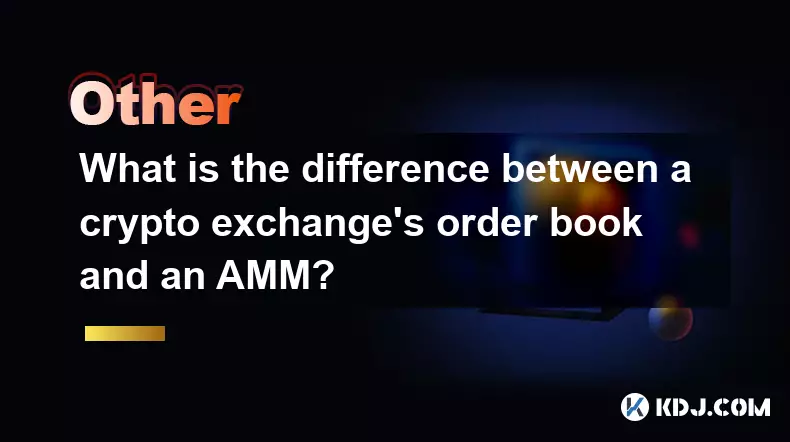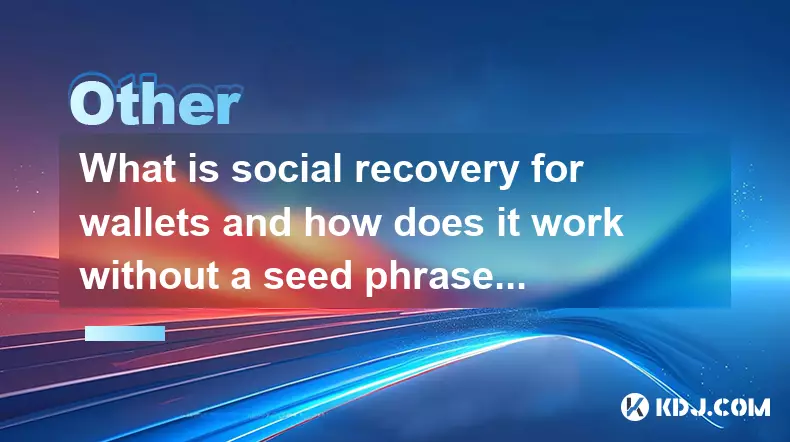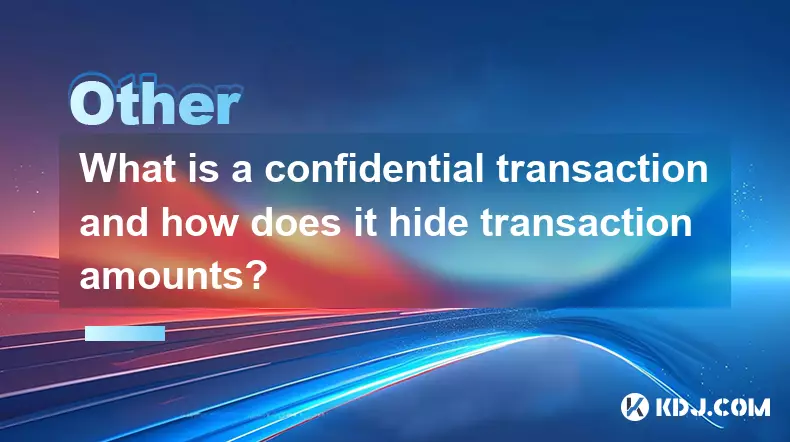-
 bitcoin
bitcoin $102877.190955 USD
1.88% -
 ethereum
ethereum $3430.435064 USD
4.52% -
 tether
tether $0.999264 USD
-0.05% -
 xrp
xrp $2.307310 USD
4.49% -
 bnb
bnb $987.740692 USD
3.82% -
 solana
solana $161.947760 USD
3.97% -
 usd-coin
usd-coin $0.999712 USD
-0.05% -
 tron
tron $0.292810 USD
2.93% -
 dogecoin
dogecoin $0.179738 USD
10.70% -
 cardano
cardano $0.580716 USD
8.75% -
 hyperliquid
hyperliquid $42.463448 USD
8.40% -
 chainlink
chainlink $15.763437 USD
7.05% -
 zcash
zcash $649.595636 USD
17.21% -
 bitcoin-cash
bitcoin-cash $511.610261 USD
7.19% -
 stellar
stellar $0.292537 USD
7.91%
What are the top blockchain platforms?
Blockchain platforms like Ethereum, Solana, and Polkadot enable decentralized apps and smart contracts, each offering unique features in scalability, security, and interoperability for developers and enterprises.
Jul 29, 2025 at 08:35 am

Understanding Blockchain Platforms
Blockchain technology has evolved beyond its initial use in cryptocurrencies like Bitcoin. Today, blockchain platforms serve as the foundation for decentralized applications (dApps), smart contracts, and enterprise solutions. These platforms provide developers with tools, frameworks, and infrastructure to build and deploy blockchain-based systems. The diversity in use cases has led to a variety of platforms, each with unique features and capabilities. Understanding which ones are leading the market is crucial for developers, investors, and enterprises alike.
Ethereum: The Pioneer of Smart Contracts
Ethereum remains one of the most widely used blockchain platforms, especially for decentralized finance (DeFi) and non-fungible tokens (NFTs). It introduced the concept of smart contracts, self-executing contracts with the terms directly written into code. Ethereum's ecosystem is vast, with thousands of dApps built on its network. Developers use Solidity, a custom programming language, to write smart contracts.
- Gas fees are a critical aspect of Ethereum, where users pay transaction fees based on network congestion.
- Ethereum 2.0 is an ongoing upgrade aimed at improving scalability and energy efficiency through a transition to proof-of-stake (PoS).
- Layer 2 solutions like Optimism and Arbitrum have emerged to reduce transaction costs and increase throughput.
Bitcoin: Beyond Just a Cryptocurrency
While Bitcoin is primarily known as a digital currency, it also functions as a blockchain platform. Its scripting language is Turing incomplete, which limits its smart contract capabilities compared to Ethereum. However, recent developments like Taproot and the Lightning Network have expanded its utility.
- Taproot allows for more complex transactions while preserving privacy.
- Lightning Network enables off-chain transactions, improving scalability and reducing fees.
- Layer 2 protocols like RGB and Liquid Network are being used to issue assets and conduct confidential transactions.
Binance Smart Chain: High Throughput and Low Fees
Binance Smart Chain (BSC) has gained popularity due to its compatibility with Ethereum and significantly lower transaction fees. BSC uses a proof-of-stake authority (PoSA) consensus mechanism, combining elements of proof-of-stake and delegated proof-of-stake.
- BSC supports Ethereum Virtual Machine (EVM), allowing developers to easily port dApps from Ethereum.
- BSC Token (BNB) is used for paying gas fees and participating in governance.
- Security concerns have been raised due to its relatively small number of validators, which could potentially make it more vulnerable to attacks.
Solana: High-Performance Blockchain
Solana is designed for high-performance applications, offering fast transaction speeds and low fees. It uses a hybrid consensus mechanism combining proof-of-stake (PoS) and proof-of-history (PoH) to achieve high throughput.
- PoH timestamps transactions before they are validated, improving efficiency.
- Solana's throughput can reach up to 65,000 transactions per second (TPS).
- Rust is the primary programming language for developing smart contracts on Solana, which can be a learning curve for some developers.
Polkadot and Cosmos: Interoperability-Focused Platforms
Polkadot and Cosmos are two platforms that focus on interoperability between different blockchains. They aim to create an ecosystem where multiple blockchains can communicate and share data seamlessly.
- Polkadot uses a relay chain and parachain model, where the relay chain secures the network and parachains handle specific use cases.
- Cosmos utilizes Tendermint BFT as its consensus engine and Inter-Blockchain Communication (IBC) protocol for cross-chain transfers.
- Both platforms support modular blockchain design, allowing developers to customize their chains for specific applications.
Frequently Asked Questions
What factors should I consider when choosing a blockchain platform?When selecting a blockchain platform, evaluate consensus mechanism, scalability, security, developer tools, community support, and cost of transactions. Each platform has trade-offs, so the choice depends on the specific use case and technical requirements.
Are there blockchain platforms specifically for enterprise use?Yes, platforms like Hyperledger Fabric, Quorum, and VeChain are tailored for enterprise applications. They offer permissioned blockchains, privacy features, and customizable consensus models suitable for business environments.
Can I build a decentralized application (dApp) on multiple blockchain platforms?Yes, developers can build dApps that work across multiple platforms using cross-chain bridges, multi-chain development tools, and interoperability protocols like Chainlink or Wormhole.
How do gas fees differ across blockchain platforms?Gas fees vary depending on network congestion, consensus mechanism, and economic model of the platform. For example, Ethereum can have high fees during peak times, whereas BSC and Solana generally offer lower costs.
Disclaimer:info@kdj.com
The information provided is not trading advice. kdj.com does not assume any responsibility for any investments made based on the information provided in this article. Cryptocurrencies are highly volatile and it is highly recommended that you invest with caution after thorough research!
If you believe that the content used on this website infringes your copyright, please contact us immediately (info@kdj.com) and we will delete it promptly.
- Ripple (XRP) in 2026: Hold or Fold? A Look at XRP's Future and Emerging DeFi Alternatives
- 2025-11-08 18:35:01
- Zcash ZEC Coin Price Explosion: From Privacy Niche to Center Stage
- 2025-11-08 18:55:01
- Berachain Price Prediction: Navigating the Honeycomb Hype in Crypto
- 2025-11-08 18:55:01
- Arthur Hayes, Gold, and Bitcoin: A Modern Monetary Trinity?
- 2025-11-08 19:15:01
- Shiba Inu's Next Move: Navigating a Shifting Market
- 2025-11-08 19:20:01
- Pakistan's Crypto Crossroads: Balancing Opportunity with Asset-Backed Realities
- 2025-11-08 19:20:01
Related knowledge

What is a cryptographic nonce and how is it used to prevent replay attacks?
Nov 08,2025 at 05:00pm
Understanding Cryptographic Nonces in Blockchain Systems1. A cryptographic nonce is a number used only once within a specific cryptographic communicat...

What is a call data in an Ethereum transaction and how is it used?
Nov 09,2025 at 01:59am
Understanding Call Data in Ethereum Transactions1. Call data refers to the information sent along with a transaction on the Ethereum network that spec...

What is the difference between a crypto exchange's order book and an AMM?
Nov 09,2025 at 12:19am
Understanding the Structure of Crypto Exchange Order Books1. An order book is a real-time list of buy and sell orders for a specific cryptocurrency, o...

What is social recovery for wallets and how does it work without a seed phrase?
Nov 08,2025 at 08:39am
Social Recovery in Cryptocurrency Wallets1. Social recovery is a mechanism designed to help users regain access to their cryptocurrency wallets withou...

What is a confidential transaction and how does it hide transaction amounts?
Nov 08,2025 at 07:19pm
Understanding Confidential Transactions in Cryptocurrency1. Confidential transactions are a cryptographic method used in certain blockchain networks t...

What is "Real Yield" in DeFi and how is it sourced from protocol revenue?
Nov 09,2025 at 04:40am
Understanding Real Yield in Decentralized Finance1. Real yield refers to the actual returns generated by a decentralized finance (DeFi) protocol throu...

What is a cryptographic nonce and how is it used to prevent replay attacks?
Nov 08,2025 at 05:00pm
Understanding Cryptographic Nonces in Blockchain Systems1. A cryptographic nonce is a number used only once within a specific cryptographic communicat...

What is a call data in an Ethereum transaction and how is it used?
Nov 09,2025 at 01:59am
Understanding Call Data in Ethereum Transactions1. Call data refers to the information sent along with a transaction on the Ethereum network that spec...

What is the difference between a crypto exchange's order book and an AMM?
Nov 09,2025 at 12:19am
Understanding the Structure of Crypto Exchange Order Books1. An order book is a real-time list of buy and sell orders for a specific cryptocurrency, o...

What is social recovery for wallets and how does it work without a seed phrase?
Nov 08,2025 at 08:39am
Social Recovery in Cryptocurrency Wallets1. Social recovery is a mechanism designed to help users regain access to their cryptocurrency wallets withou...

What is a confidential transaction and how does it hide transaction amounts?
Nov 08,2025 at 07:19pm
Understanding Confidential Transactions in Cryptocurrency1. Confidential transactions are a cryptographic method used in certain blockchain networks t...

What is "Real Yield" in DeFi and how is it sourced from protocol revenue?
Nov 09,2025 at 04:40am
Understanding Real Yield in Decentralized Finance1. Real yield refers to the actual returns generated by a decentralized finance (DeFi) protocol throu...
See all articles





















![The Graph Price Prediction [GRT Crypto Price News Today] The Graph Price Prediction [GRT Crypto Price News Today]](/uploads/2025/11/07/cryptocurrencies-news/videos/690d4df44fe69_image_500_375.webp)



















































